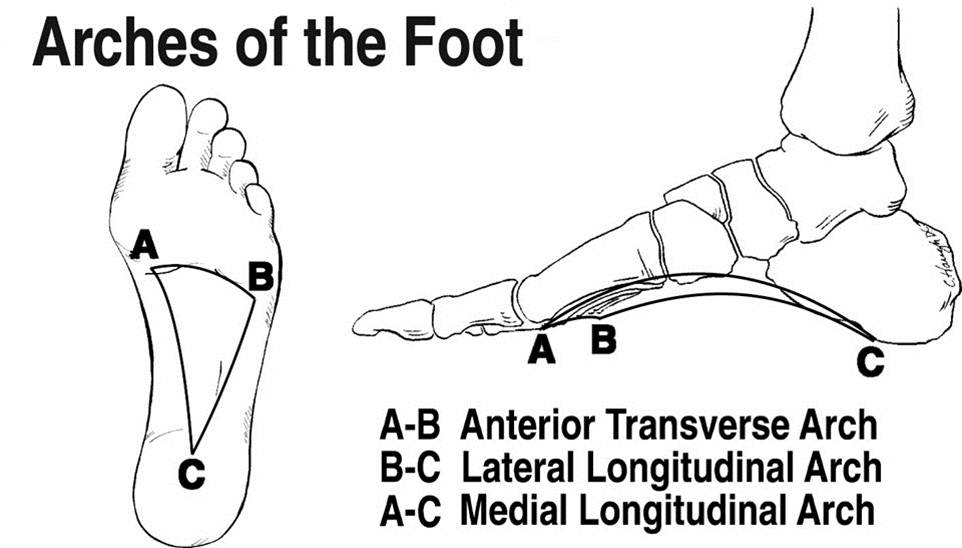

Consider the following details from Hankins, the former UCLA standout: It’s not just the number of responsibilities for a shortstop, but also the level of difficulty for some duties, even in fielding routine grounders.

Advanced Challenges for Shortstops in Baseball With a runner on first base, any ground ball struck to the first- or second baseman means the shortstop must race to second base to take the lead throw, and then catch the throw and almost simultaneously touch second base with a foot, before relaying the throw to first base for 2 quick outs. Turn double plays on balls hit to the opposite side of the infield.Too far, and he takes away some of the power of the outfielder’s initial throw too far back near the infield and it makes the outfielder’s job just that much more difficult. He also must decide just how far out to go. This assignment is more difficult than it may seem, as the shortstop needs to align himself straight between the outfielder at the point where he grabs the ball, and the base that he needs to throw to. Going into the outfield to cut off throws to bases.“Shortstops can’t take a pitch off especially with runners on base,” said Mike Hankins, former shortstop for UCLA who played as high as AAA minor-league baseball in the New York Yankees organization. In that instance, the shortstop decides to “stay put,” or not move in case a ball is struck his way, while the second baseman takes the steal throw. The shortstop usually takes this throw, though sometimes he might ask the second baseman to do so, if the batter tends to hit mostly to the shortstop’s side of second base. Calling who covers second base on balls hit to the pitcher.Every time a runner reaches first, the second baseman will look to the shortstop for a signal indicating which of the 2 defenders will cover second base to take the ball from a catcher’s throw in case of a steal attempt. Calling who covers second base on steals.Shortstops are often called upon to see all the way to the catcher and identify the pitch to be thrown, and relay that information to other fielders to help them position or anticipate where hit baseballs will go. But upon a closer inspection, the shortstop has a whole bunch of things going on with every pitch. Those new to watching baseball may just see one of four guys playing closer to the plate than those way out on the grass, or the one dude in the middle on a mound of dirt.

Summary of Shortstop Responsibilities in Baseball The shortstop definitely is the king of the defenders not behind home plate and on some teams, of all defenders on the field. There are solid reasons why shortstops are considered the “captain of the infield.” It’s almost always a position commanding a leadership role on the team. Why is shortstop the hardest position in baseball? It’s a combination of a number of factors, including its central location on the field, difficulty of the fielding chances, distance of throws to first base, a myriad of cutoff and double-play responsibilities, and being located in a spot where more balls are hit than any other. Some may point to the catcher, or center fielder, or maybe even pitcher ~ but shortstop almost always ranks high on lists. More often than not, arguments point to shortstop as the hardest position in baseball. The debate over the most difficult position to play in baseball has been going on since, well, the beginning of baseball.

Also, as an Amazon affiliate, we earn from qualifying purchases. When you purchase through links on our site, we may earn an affiliate commission.


 0 kommentar(er)
0 kommentar(er)
